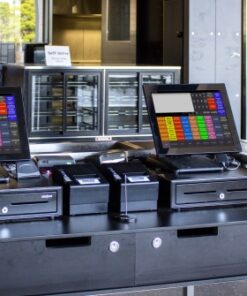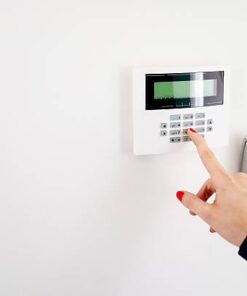Gate automation refers to the process of automating the opening and closing of gates through the use of mechanical or electronic systems.
Gate automation has become increasingly popular in both residential and commercial settings due to its convenience, security benefits, and ease of use.
Here are some key components and aspects of gate automation:
1. **Gate Operators**: These are the devices responsible for physically opening and closing the electric gate. Gate operators can be hydraulic, electromechanical, or entirely electronic, depending on the size and weight of the gate. They are typically powered by electricity and can be controlled remotely using various methods such as remote controls, keypads, or smartphone apps.
2. **Access Control Systems**: Gate automation often integrates with access control systems to regulate entry and exit through the gate. This can include technologies such as keypads, card readers, intercom systems, biometric scanners, or even license plate recognition systems. Access control systems allow authorized individuals to enter while keeping unauthorized individuals out, enhancing security.
3. **Safety Features**: Gate automation systems must include safety features to prevent accidents and injuries. These may include sensors that detect obstacles in the gate’s path and automatically stop or reverse its operation, as well as warning signs and lights to alert pedestrians and vehicles of the gate’s movement.
4. **Remote Control and Monitoring**: Gate automation systems often allow for remote control and monitoring of the gate’s status. This can be done through dedicated remote controls, key fobs, smartphone apps, or even integrated into a larger home or building automation system. Remote control and monitoring provide convenience and peace of mind, allowing users to operate the gate from a distance and receive notifications of any unauthorized access attempts or malfunctions.
5. **Integration with Home Automation**: Gate automation can be integrated with other smart home or building automation systems to create a seamless and interconnected environment. For example, the gate can be synchronized with lighting, security cameras, and alarm systems to enhance overall security and convenience.
6. **Maintenance and Servicing**: Regular maintenance and servicing are essential to ensure the proper functioning and longevity of gate automation systems. This may include lubricating moving parts, inspecting electrical connections, testing safety features, and replacing worn-out components as needed.
Overall, gate automation offers numerous benefits, including convenience, security, and improved property value. By automating the opening and closing of gates, users can streamline access control, enhance security, and enjoy greater convenience in their daily lives.











